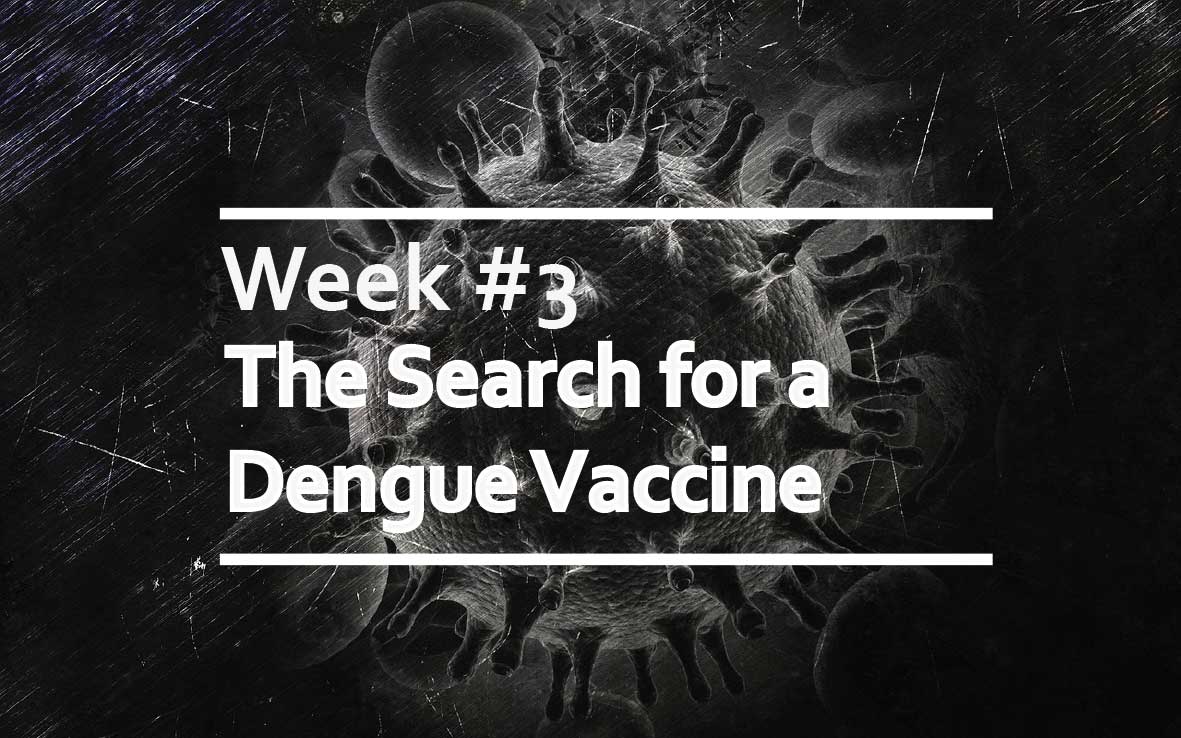The search for a dengue vaccine: What have we learned?
The ambiguous role of antibodies is a major problem in the development of a dengue vaccine. First, heterotypic, non-neutralizing antibodies can cause antibody-dependent enhancement (ADE), leading to increased infection. Second, the ability of an antibody to neutralize dengue in vitro does not necessarily correlate with protection in vivo.
Our limited understanding of the role of antibodies has caused much confusion and vaccine failures. However, multiple lines of investigation are now suggesting that it is the concentration of an antibody that matters most, not the uniformity of the antibody’s response against each of the dengue serotypes.
The increased risk of severe dengue following administration of Dengvaxia to naïve individuals has recently been suggested to depend on antibody enhancement, and the findings of recent studies are helping us to understand why.
Katzelnick et al. have recently published the results of their 12-year study on a pediatric cohort in Nicaragua. This study collected over 41,000 samples from 6684 children and revealed that the risk of contracting dengue hemorrhagic fever/dengue shock syndrome (DHF/DSS) is 7.64-fold higher in children with dengue antibody titers between 1:21 and 1:80. Conversely, the risk was similarly low for naïve children and children with high dengue antibody titers (> 1:1280). This study is important because it relates pre-existing antibody titers and dengue disease severity in a human population and identifies the antibody range that increases the risk of severe disease. As the half-life of dengue antibodies is around 4 years, these data suggest that – already by 3 years after infection – 22% of children fall into the high risk range. Conversely, antibody titers greater than 1:320 appear to correlate with protection, suggesting that the ability to protect depends more on concentration than on serotype specificity.
A similar conclusion was reached in a very different study investigating the long-term effectiveness of Zika vaccines. Abbink et al. make the point that most vaccine studies show protection at the time of peak immunity, shortly after vaccine administration, and so investigate the effectiveness of different vaccine formulations 1 year after vaccination. Again, they found a strong association between protection and antibody titers at the time of challenge, with microneutralisation (MN)50 values higher than log 2.1 being 100% protective in Rhesus.
While not unexpected, these results suggest that prolonged, high antibody titers will be key to the development of an effective dengue vaccine, and possibly where vaccines are going wrong. Antibodies against the same serotype might remain protective because they can rapidly expand to a sufficiently high concentration, but antibodies against different serotypes might fail to do so and remain neutralizing (and, importantly, not enhancing!) only at concentrations above a specific threshold.
However, how do we achieve these high titers? There are still many open questions. Some vaccines elicit a longer-term response than others. In Abbink’s study, Adenovirus-based preparation or inactivated vaccines generate longer-lasting immunity than DNA vaccines, so formulations and boosts are likely to be important. Moreover, what is the role of innate and cellular immunity in protection or even just in inducing a long-lasting antibody response? Equally important is the identification of antibodies with neutralizing ability or against conserved epitopes that can rapidly expand after challenge.
These studies also call for new ways to evaluate vaccines long-term, as a vaccine that induces titers in the enhancement range might place vaccinated individuals at risk of severe dengue. These findings also call for new, better, and more predictive in vitro enhancement assays. In Abbink’s study, data from in vitro assays to determine ZIKV ADE in K562 cells suggest antibody enhancement, but this was not observed in animals. This highlights the need for an in vitro system able to predict in vivo manifestations.




